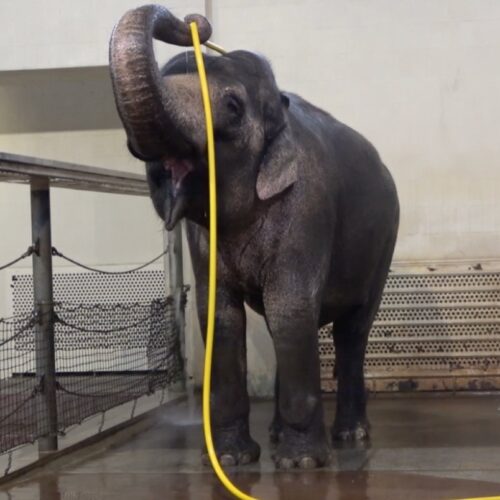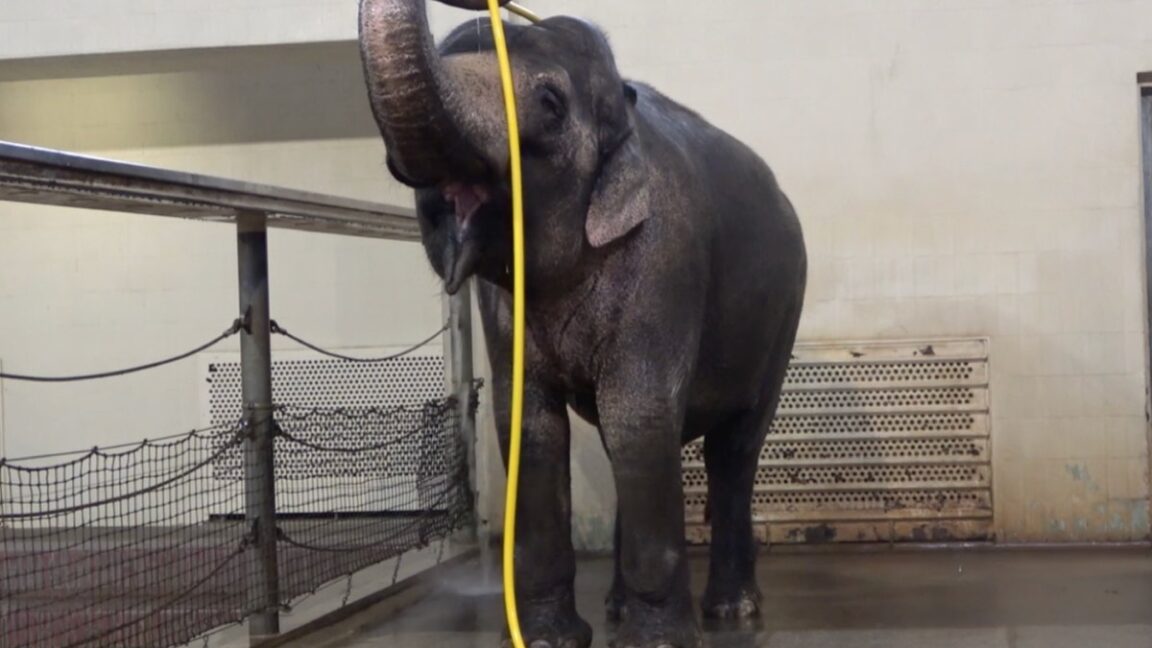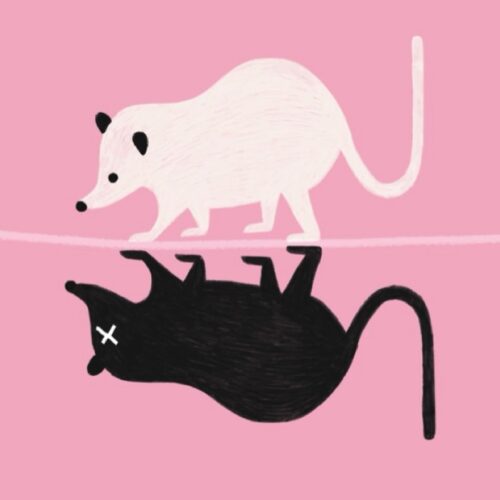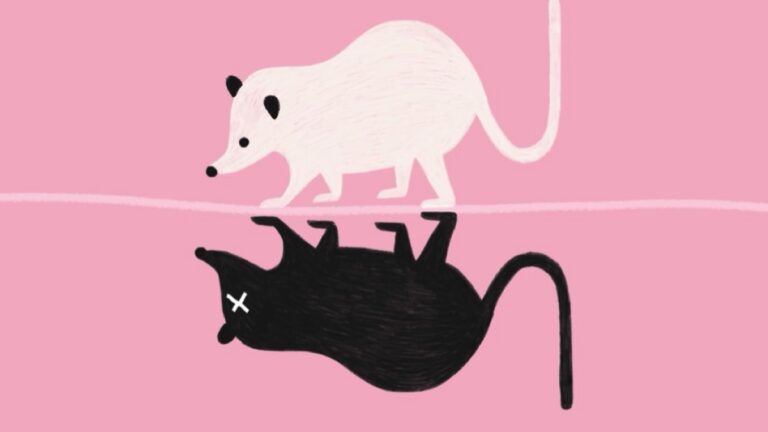This elephant figured out how to use a hose to shower
An Asian elephant named Mary living at the Berlin Zoo surprised researchers by figuring out how to use a hose to take her morning showers, according to a new paper published in the journal Current Biology. “Elephants are amazing with hoses,” said co-author Michael Brecht of the Humboldt University of Berlin. “As it is often the case with elephants, hose tool use behaviors come out very differently from animal to animal; elephant Mary is the queen of showering.”
Tool use was once thought to be one of the defining features of humans, but examples of it were eventually observed in primates and other mammals. Dolphins have been observed using sea sponges to protect their beaks while foraging for food, and sea otters will break open shellfish like abalone with rocks. Several species of fish also use tools to hunt and crack open shellfish, as well as to clear a spot for nesting. And the coconut octopus collects coconut shells, stacking them and transporting them before reassembling them as shelter.
Birds have also been observed using tools in the wild, although this behavior was limited to corvids (crows, ravens, and jays), although woodpecker finches have been known to insert twigs into trees to impale passing larvae for food. Parrots, by contrast, have mostly been noted for their linguistic skills, and there has only been limited evidence that they use anything resembling a tool in the wild. Primarily, they seem to use external objects to position nuts while feeding.


© Urban et al./Current Biology

